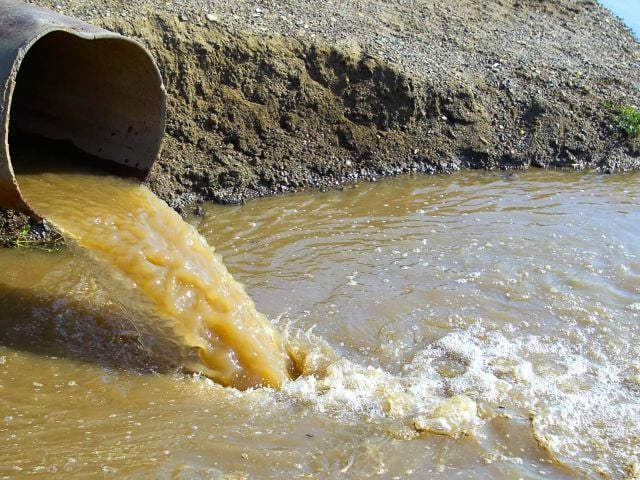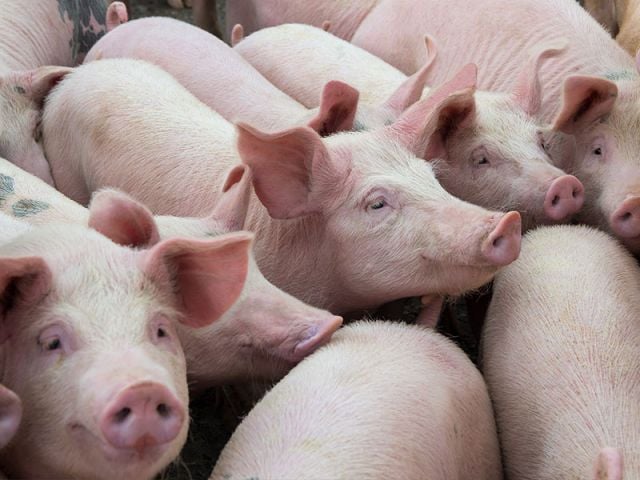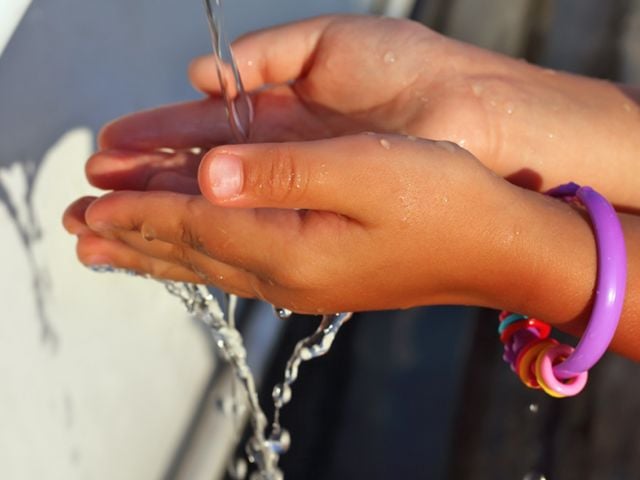Displaying 1537 - 1560 of 7455
The "Farm Crisis" Myth
There's a lot of doom and gloom in the air about the state of the farm economy. As commodity prices continue to fall from the historic highs of the last few years, advocates for the agriculture industry have been claiming that growers will have a hard time making ends meet. The House Agriculture Committee has held hearings to “focus on the farm economy,” inviting witnesses from Big Ag to declare

Off the Books II: More Secret Chemicals

Food Lobby Spends $101 Million in 2015 to Avert GMO Labeling

An Ill Wind

A Few Bad Apples...
Laboratory tests of apples grown in Washington State and purchased in Seattle supermarkets over the past five months found widespread insecticide contamination. Eight percent of apple samples had unsafe levels of a bug killer abruptly banned for use on apples and other foods in August, 1999 by federal authorities because of nervous system risks to children.

Pollution Pays

George W. Bush's Anti-Environmental Advisors

Reading, Writing and Risk
More than two million California children attend school in portable classrooms that can be a significant source of exposure to airborne toxic chemicals and molds, according to state and federal data analyzed by Environmental Working Group (EWG).

Catching the Limit

Clearing The Air
Although farming contributes little to the problem of airborne toxic particles, farmers suddenly find themselves in the middle of a heated battle over an Environmental Protection Agency (EPA) proposal to improve air quality by reducing emissions from electric utilities, chemical plants and oil companies.

100,000 California Kids Breathe Unhealthy Air at School
Approximately 109,000 children in California breathe unhealthy air at school, according to an Environmental Working Group (EWG) computer analysis. These children attend one of the 147 schools in the state located in areas where monitored air pollution levels exceed the U.S. Environmental Protection Agency's proposed new standards for microscopic toxic airborne particles.

Page not found
Serving Size and Frequency Guidelines
Annual Audits for EWG
EWG's Guide to Healthy Childcare
Eddie's healthy pet tips
Preventing Cancer: Nine Practical Tips for Consumers
Decoding Meat and Dairy Product Labels
Most animals raised for meat, milk and eggs are on industrial farms that contaminate our air, soil and water. These farms rely heavily on antibiotics and other synthetic treatments to boost outputs, and combat diseases caused by stressful, crowded and unsanitary conditions. Weak bacteria are killed, leaving behind the most resilient and hard to kill — so-called “superbugs.” These bacteria are
K-Beauty Trends: Serums, Essences and EWG’s Best Bets

UPDATE: Exposing Fields of Filth

In California, Latinos More Likely To Be Drinking Nitrate-Polluted Water

EWG’s Healthy Living: Guide to Safer Diapers

Hormone-Disrupting Weed Killer Taints Drinking Water for Millions of Americans
